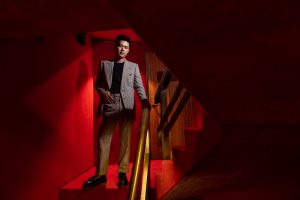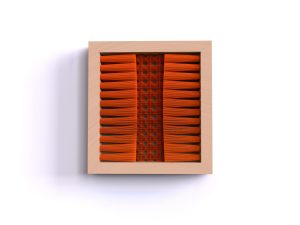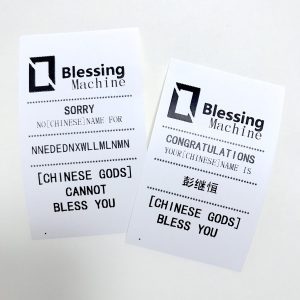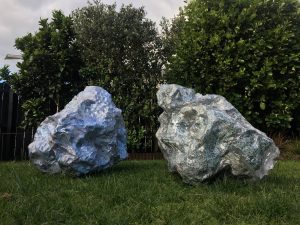Space as Substance
Let the doors swing open…
As COVID-19 grips tighter and communities are forced into self-isolation, the differences of our individual experiences are more apparent than ever. I am writing this drinking coffee from my kitchen and depending on where you are in the world, what you do for work and the opportunities that you’ve taken, you may, or may not be reading this with coffee in your kitchen.
This is the reality of our contemporary experience and is explained in part by globalisation’s intensification over the past thirty years. This process of the world knitting together — through mass media, the internet and air travel (the same factors that have propelled the art world to its rapid pace today) — determine our experience of the now.
Globalisation’s impact on capital, the arts, government and technology has brought us together, while driven some of us further apart. And this phenomenon, along with our relationships with ideas, objects and each another, are uneven and complex at the best of times. And in the face of catastrophe, this difference is even more pronounced.
Suddenly everything is a question…
During this time of upheaval, the provocation for Auckland Art Fair 2020 Artist Projects, “why do our experiences look so different?”, takes on a portent and prophetic quality. Over the past twelve months, New Zealand artists, Xander Dixon, Inga Fillary, Rozana Lee, Kirsty McNeil, Peng Jiheng, Mark Schroder and Hōhua Thompson, were commissioned to respond to this provocation. Using the lens of space and all its forms — from physical, mental, online, socio-political and historical spaces — the artists give shape to the spatialised, racialized, economic, ethnic and social forces that influence our lives.
Obsessive unbending conversations…
Through these artist ruminations, the exhibition Space as Substance bring the paradoxes of our world into sharp relief, offering us the opportunity to better understand the nuances of our subjective experiences, today, now. Some artists offer new ideas that speak to the future, while impelling us to view the past differently. For example, Rozana Lee extracts the rich histories of woven textiles. Using the Indonesian batik fabric tradition, she develops her own symbolism that acknowledges fabric’s tensions within culture, capital and colonialism. Whereas, Hōhua Thompson offers fine grained examinations of colonial politics by creating temporary environments that privilege Indigenous concepts of time, thought, knowledge sharing and capital. Inga Fillary similarly meditates on the importance of land, using local soil as a material to reimagine painting and performance while collapsing historical representations of landscape.
incubation or maturation?
Elsewhere, artists construct narratives from the unsaid through implication and allusion. Through sculpture and aesthetic reinterpretation of readymade objects, Xander Dixon animates the collective concerns of environmentalism by responding to Kauri dieback that threatens New Zealand. Kirsty McNeil relatedly examines New Zealand environments, albeit focusing on the built environment, using her sculptural practice that aggregates photographic documentation.
Nothing in life is immutable, everything can be modified.
While others focus on the function of art, using it to create fictionalised histories and experiences. Mark Schroder examines the flow of capital, ideologies and ideas through a fictionalised pyramid scheme which audiences are invited to experience. Peng Jiheng transports us into the battleground of the digital realm by developing a seemingly innocuous digital exchange. Despite their different approaches, these artists are collective in their concern for co-existence in space. They ask: what, how and who co-exists, and why? The answers are reflected in how we already utilise and govern space. The artists seek to locate and animate these answers.
Horizons of hope.
However, these projects are not yet whole. As our cultural lives move online with self-isolation, we are unable to exhibit these works in their intended physical forms. Instead, each artist has selected an element of their project to exhibit online as a gesture of solidarity. These gestures seek to remind us how contemporary art can reawaken and strengthen our resolve. Their message is rooted is the now. Self-isolation presents us with an opportunity to reconstruct the “now”: to not be passive; to rethink what it means to be “I”, “we”, and “them”; to combat separation; to unite; and to make this time count.
As catastrophe frays the global political order, established forms of knowledge and power are collapsing, making way for new forms to eventually take their place. The work of artists today offers us an informed message to recalibrate our engrained understanding of the world. They implore us to arm ourselves with knowledge to redefine and shape our futures. But first, we must imagine a future of survival and regeneration where reason and sense see none.
The art of the ellipses…
Micheal Do, Curator
PROUDLY SUPPORTED BY









